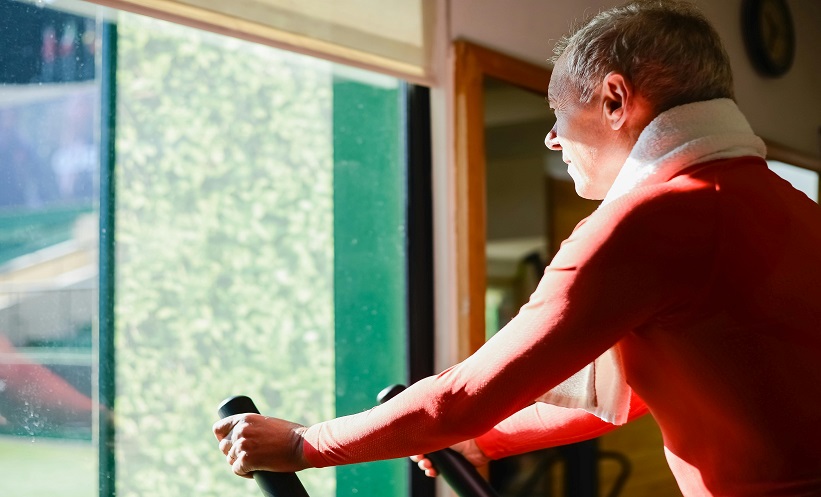BACKGROUND AND AIMS
Conventional stone prevention methods attempt to maintain the concentration of urinary substances below solubility to inhibit crystal formation. However, continuous adjustment is difficult and does not provide sufficient preventive effect. Therefore, the authors aim to prevent urolithiasis requiring therapeutic intervention by discharging a renal stone in a minute size that does not cause pain attacks or incarceration in the ureter. For that purpose, it is necessary to calculate the urinary flow and posture required for excreting renal stones from the renal calyx for each calyx and each patient. In this study, the authors initially investigated the effects of urinary flow and posture on the movement of renal stones in the renal calyx using computational fluid dynamics (CFD). CFD is a branch of fluid mechanics used to analyse and solve problems that involve fluid flows. It is applied to a wide range of research fields and industries, including aerodynamics analysis, aerospace analysis, and biomedical engineering.
MATERIALS AND METHODS
The authors prepared the ideal renal calyx model. The renal stone was placed in each calyx, and the flow analysis around the renal stone was performed. These numerical analyses were conducted using an in-house CFD code whose accuracy had been thoroughly validated.1,2

Figure 1: The effect of urinary flow and gravity on the stone movement in the calyx (urine volume 10 L/day).
RESULTS
It was demonstrated that changing the urinary flow rate in the physiological range (1.5–10 L/day) had little effect on the movement of a renal stone with a diameter of 1.79 mm. Although the tiny stone in the calyx of 135° and 180° angle flowed out, no stone flowed out in the calyx <90° angle (Figure 1). These results suggest that the movement of renal stones was affected more by gravity than by hydrodynamic forces.
CONCLUSIONS
The authors developed the prediction tool of the renal stone movement in the calyx using CFD. The authors are beginning to apply the CFD technology to predict stone movement in the whole-kidney model. It will classify the risk of residual stone in each calyx by simulating the trajectory of stones. By adjusting the urinary flow rate and the direction of gravity using the CFD model, residual stones after shockwave lithotripsy and flexible ureterorenoscopy will be discharged efficiently








